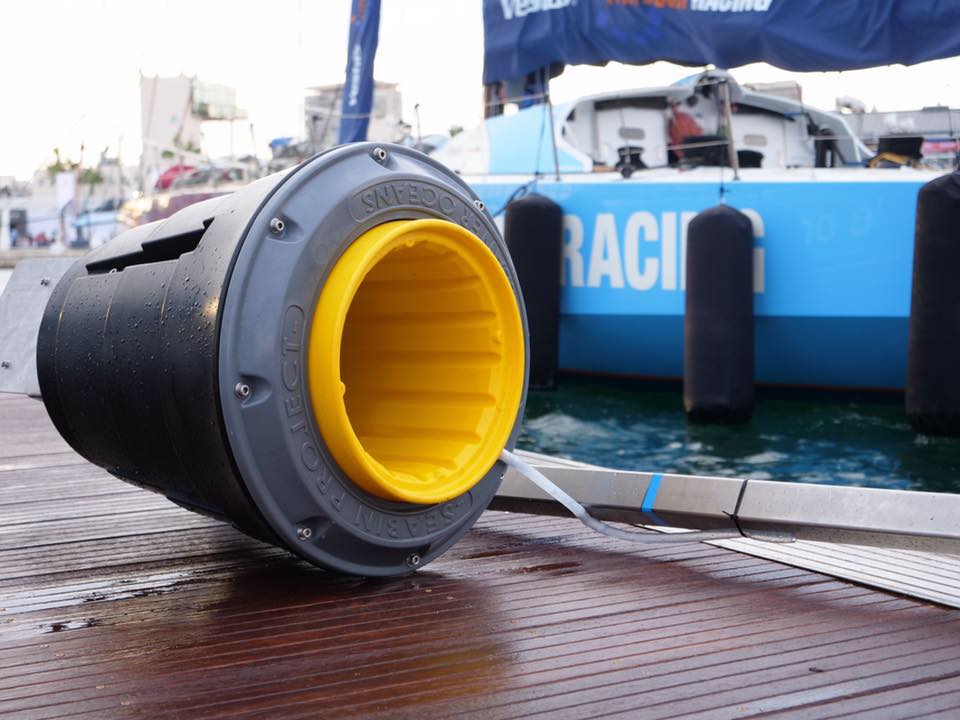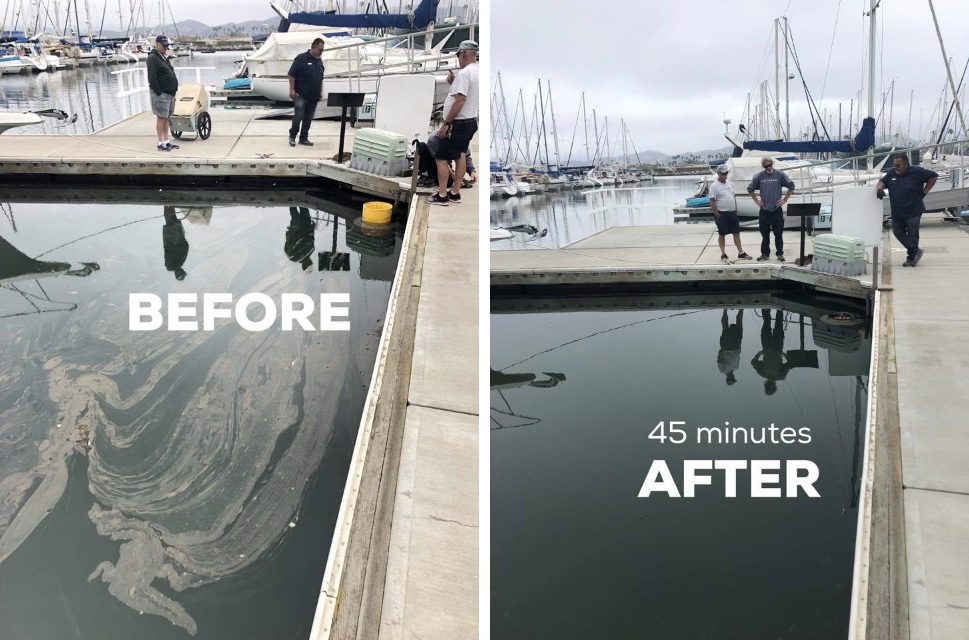
- Sustainable Planet -
- 3mins -
- 680 views
Trash bins in Melbourne’s waterways now filter over 500 million litres of water a day
Australia’s second largest city is cleaning up the Yarra River and surrounding waterways with newly installed “Seabins”, which work around the clock and collect up to 200kg/441lbs of oil, scum, micro-plastics and other trash each day.
The Seabin collects trash, oil, fuel and detergents from the water’s surface
The City of Melbourne is cleaning up the Yarra River and surrounding waterways with newly installed “Seabins”, which collect up to 200kg of litter each day. — reported InsideWaste, the online resource for those working in the Australian waste sector. Five Seabins have been installed at Yarra’s Edge Marina following a successful trial in 2019.

Seabins Founder: “Our ethos is simple, if we have rubbish bins on land, why not in the water?“
The Seabin Project, masterminded by Andrew Turton and Pete Ceglinski, collects rubbish, oil, fuel and detergents in the ocean. Each Seabin is the size of a domestic trash can and works much like a pool skimmer, floating on the water’s surface and collecting litter using a small underwater pump.
As of January 2020, 860 Seabins have been deployed and more than 3,600kg/8,000lbs of litter is captured each day. The company estimates that a total of 518,904kg/512 tons of litter has been captured to date.
Melbourne’s lord mayor Sally Capp said that an estimated 1.4 billion pieces of rubbish flow into Port Phillip Bay from the Yarra and Maribyrnong rivers each year. “Using Seabins we can collect up to 200kg of rubbish a day. The Seabin units catch cigarette butts and plastic packaging as well as oil, detergents and micro plastics that can’t be seen by the human eye,” Capp explained.
The devices are emptied twice daily and data is sent to Seabin Foundation’s Pollution Index and Tangaroa Blue to help monitor the impact of debris along Australia’s coastline as well as to inform City of Melbourne strategies for litter reduction. These include street-cleaning, litter traps, water sensitive urban design, and storm-water capture.
The Victorian government also manages 18 litter traps on the Yarra River – nine of which are located within the City of Melbourne.
Chair of the City of Melbourne’s Environment Portfolio Cathy Oke said food wrappers, cigarette butts, polystyrene, plastic bottles and rubber are some of the items that have been collected in the Seabins at Docklands.
“Water quality begins with people disposing of rubbish more carefully in our streets and suburbs. The Seabins need to be seen as the last line of defence before waste enters the bay,” Oke said.
Ceglinski said the deployment of the Seabin fleet with City Of Melbourne is a critical first step in obtaining the company’s objective of working with local, state and federal governments globally. “Our ethos is simple, if we have rubbish bins on land, why not in the water?
“With a focus on smart solutions for smart cities, we feel that the Seabin technology coupled with prevention has a significant role to play in reducing the amount of floating waste entering our oceans. Technology isn’t the solution, but it’s a great first step when education, science and community programs are run in conjunction using the Seabins as a tangible and visual communication platform,” Ceglinski said.
- The Seabin Smart Tech is now operational in 52 countries
- Each day over 500 million litres of water is filtered for micro plastics, oil and more
- The global daily capture estimate is 3.6 tons of marine litter
A Seabin works by sucking water in through the top of the device and pumping it back out again at the bottom. As water travels through the middle, a filter captures trash, oil, fuel and detergents.
Source: InsideWaste.au


